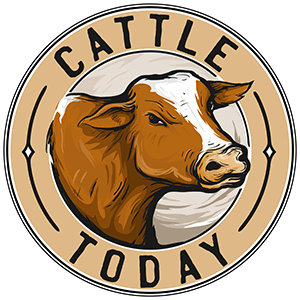Craig-TX":2xoevr0s said:
dun":2xoevr0s said:
Craig-TX":2xoevr0s said:
Same thing. Or Osage Orange, or Crabapple, etc.
Craig-TX
Around here crabapple or wild crab is a totally different tree - Malus Ionsis.
Bo d'Arc, hedge, Osage-Orange are all the same - Maclura Pomifera
dun
Well, I'm going with you. I've only heard it called crab apple every now and then and it seems like it's never a "local" using that term. From time to time we've had cows that would pick them up and chew on them. Most don't pay any attention to them.
Craig-TX
Crab apple trees actually bear fruit and are used for making jellies and jams. They commonly grow east of the Trinty river in East Texas
is any of a wide variety of small trees that bear apples less than 2 inches (5 centimeters) in diameter. About 25 species of crab apple trees grow wild in the Northern Hemisphere. Most of them originated in Asia. About 7 species are native to North America. In addition, hundreds of cultivars (cultivated varieties) of crab apple trees have been produced. Most of these cultivars are grown for use as landscape trees, especially in urban areas. Some are raised for their edible fruits, which are mostly used for making jellies.
http://www.trees-online.com/types_of_trees/mayhaw.shtml
From several points of view the Osage Orange is a tree
of extraordinary interest.The historian will tell you that
long before the settlement of America by the whites,the
Indians used the wood for war-clubs and bows, a custom
that gave rise to one of its common names "Bow-
Wood"and that its other common name is due to the fact
that it was introduced into cultivation among the earliest
settlers in St.Louis by specimens procured from the Osage
Indians.Also during the developement of the great prairie
region beyond the Mississippi the species served an
important purpose as a hedge plant,thousands of farmers
utilizing it for fencing their fields.The new growth hedge
was interwoven to make a tight fence.
Although the introduction of barbed wire greatly
reduced the importance of these hedge fences.These
remaining Hedge Rows now are an excellent source for
Hedge Posts.
Osage Orange is of interest from root to fruit.The bark
of the roots is of a bright orange color and furnishes a
yellow dye;the ridged and scaly bark of the trunk furnishes
tannin for making leather;the branches have attractive
leaves with thorns at their bases;the pollen-bearing and
seed-bearing flowers are borne upon seperate trees.
These round heads mature into one of the strangest
fruits known to science:the so-called "Hedgeapple" is a
greenish compound fruit made up of a large number of
seed-bearing fruits grown together on their edges.
The Osage Orange can be propagated very easily and
makes good hedges and also a bushy tree that when loaded
with fruit attracts much attention.The wood is also
relatively immune from insect and fungis attack.
The Osage Orange has been recorded to heights of over
60 feet and trunk diameters of 4 to 7 feet.
Texas,Oklahoma,and Arkansas are its sites of original
growth...........
